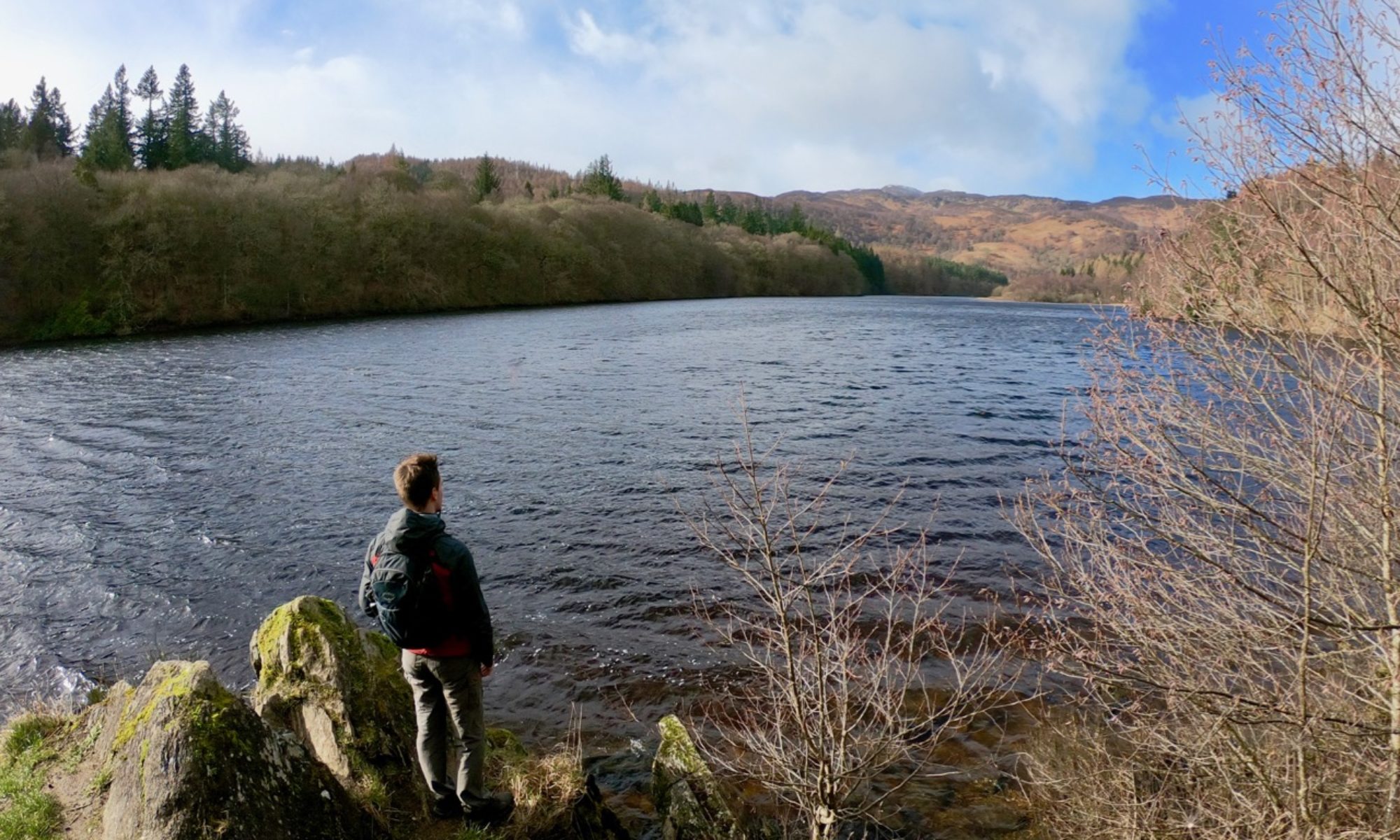A stone’s throw from industrial Tyneside, I hadn’t expected to find such a scenic walk so close to the city – nor, as it happens, to follow in the footsteps of so many railway pioneers.
Distance: 6 ½ miles
Time: 2 ½ hours
Travelling on the Newcastle to Carlisle railway, the village of Wylam was once a bustling mining town. Today, however, it is mainly residential, located as it is a short distance from the heart of Newcastle.
I alighted at Wylam station, one of the oldest working railway stations in the world, built in 1835. Of note is the elevated overline signal box, which was once a popular design in the area but is now almost unique, with the only other remaining example being further down the line at Hexham.

Cross the bridge over the River Tyne, and head to the right of the war memorial to reach a small car park on the site of the former North Wylam Station. Continue straight across the car park and you will meet Hadrian’s Cycleway. This path makes up part of the cycle route that runs the length of Hadrian’s Wall. Turn right and follow the cycleway along a path signed as the Wylam Waggonway.
The wagonway dates to 1748, and was used to transport coal by horse drawn wagons from the colliery at Wylam to the docks at Leamington on Tyne some 5 miles away. Its real significance, though, is that from 1813 the horses were replaced by innovative new steam locomotives. Most famous among these was “Puffing Billy”, the oldest surviving steam engine which now resides in the Science Museum in London.
As you start to leave the town behind, you will arrive at a small white cottage on your left. This is the birthplace of George Stephenson, mechanic and engineer often regarded as the father of railways. Stephenson himself is credited with creating the standard gauge railway track used around the world, while his son, Robert, designed the famous Rocket. Stephenson’s family shared this house with three other families, occupying a single room until he was eight years old.

Pass through the kissing gate in the fence opposite Stephenson’s cottage to reach the banks of the Tyne. Turn right again, and follow the course of the river back into Wylam. As you approach Wylam bridge, head down some steps to your left and pass underneath it to proceed along the riverside.

Continue along this path, until you come to another piece of history at the Hagg Bank bridge. This is one of the earliest examples of a Rib Arch bridge – most famously replicated in the Sydney Harbour Bridge in Australia – and is considered to be the first such bridge to be used for railways.

Climb the steps to your right and cross the bridge. Once on the other side, take the immediate right and descend back to the riverside once more. The path soon joins up with the tarred cycleway again, and from here continues along the river to Prudhoe.
After a while, you will notice large, level mounds resembling long flat-topped hills a short distance to your left. These are the Spetchells, man-made deposits of chalky waste from a nearby fertiliser and explosives producing factory. In order to disguise the location of this important facility from German bombers during the Second World War, the Spetchells were covered with grassy turf brought from chalk grassland in the south of England. The result of this was a habitat unique in the north of England, providing the area’s largest expanse of chalk grassland and host flora and fauna not found anywhere else in the region.

Continue past the Spetchells until you pass under another bridge. Turn left here, and follow the road across the railway line at Prudhoe station. Continue along the road here until you reach a large roundabout. Take the first left, cross the road at the traffic lights, and climb the steps behind the bus stop to reach another road running uphill. The reason for this climb should soon become apparent as the ruin of Prudhoe Castle emerges through the trees. Take the first left down the tree-lined road to reach it.

The first evidence of a castle at Prudhoe is from the 12thcentury following the Norman conquest. Supposedly the only castle in the north of England not to fall to the Scots, it also served as a military barracks during the Napoleonic Wars. The castle is now owned by English Heritage and is open to visitors from spring to autumn.
Shortly after the castle, the path heads to the left, descending through woodland. Continue along this, hemmed in as you are between trees and an industrial estate. As the factories give way to open countryside, you should soon arrive at a road which you should cross and head down the pathway to your left, again skirting along the edge of the trees. At a fork in the path, bear left, and after passing through a gate you will reach the busy A695 road. Take care crossing here, and head into the trees once again. When you reach a more substantial track, head right and, after a short distance, head left into an overgrown pathway. This leads to a small road at a bridge over the railway line. After crossing, turn right and head past some houses to rejoin Hadrian’s Cycleway. Cross the Tyne at the Hagg Bank bridge, but ignore your original route and continue straight along the Cycleway. This formed part of the former Scotswood, Newburn and Wylam Railway which provided a link from Wylam North station to the Newcastle to Carlisle line.

You should soon find yourself back at the small car park crossed at the start of the day. Head right and follow the road over the bridge back to Wylam station to catch your train back to Newcastle.


